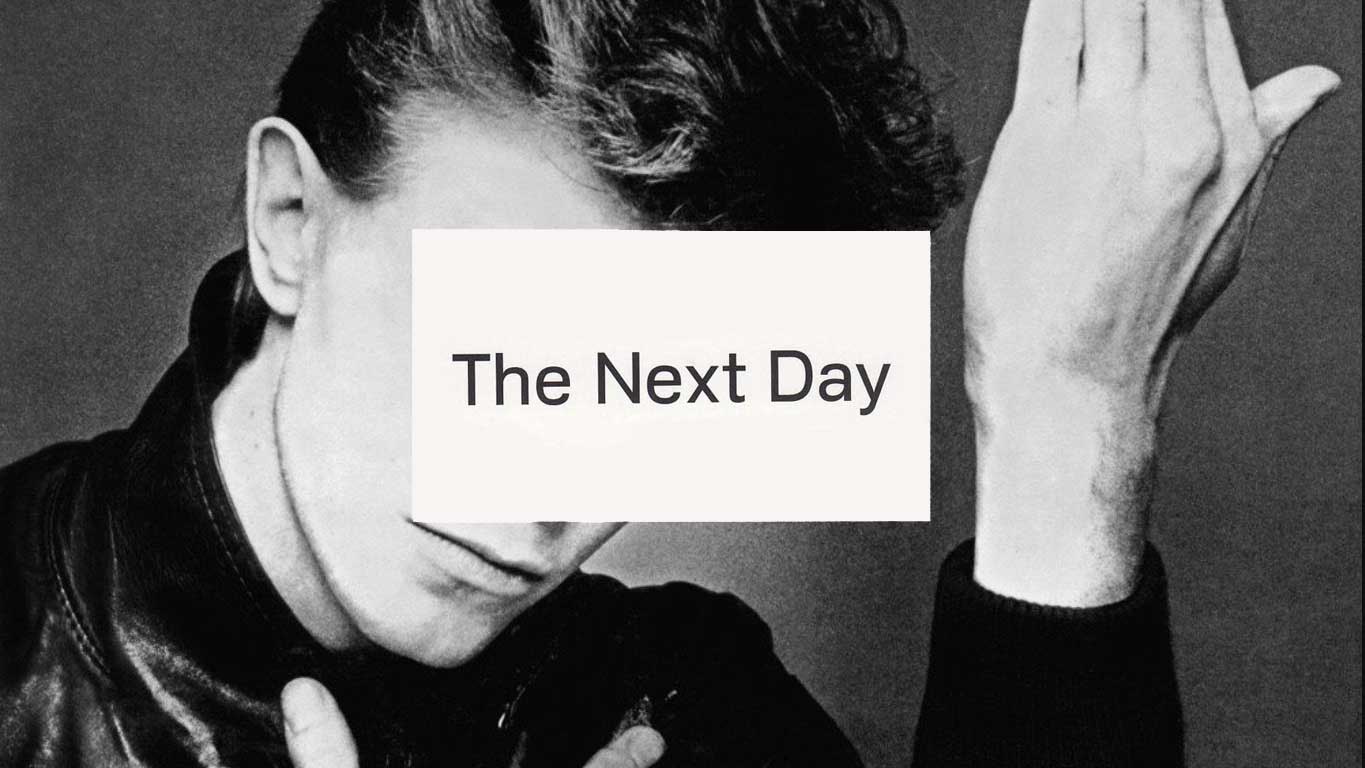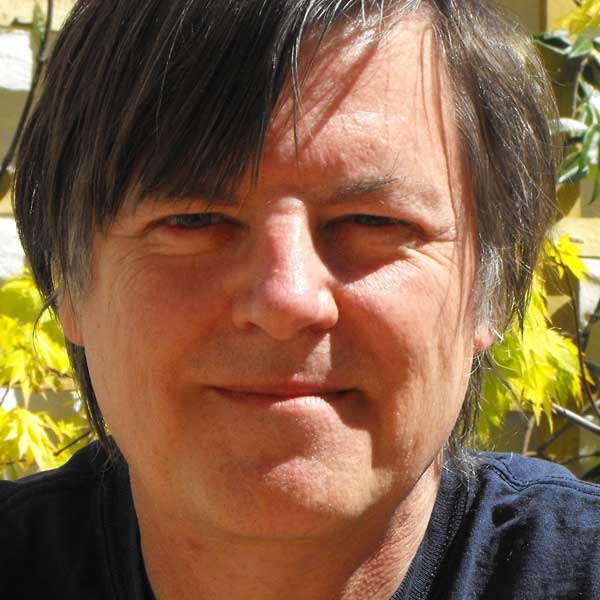Even the most optimistic David Bowie fan had given up on their hero releasing any music ever again. The singer had largely vanished from public life following serious heart problems in 2004, prompting rumours that he had retired or was seriously ill.
Consequently, the announcement on Radio 4’s Today programme on the morning of January 9 was a bombshell: Bowie would be releasing a brand new single, Where Are We Now?, that day, and it would be followed by his first album in a decade, The Next Day.
What made the news even more surprising was that both had been recorded in total secrecy, in the heart of Manhattan, with everyone from his record label to the general public kept in the dark.

Tony Visconti (producer): We all know he had a health scare. I hate to hear it described as a major heart attack – it was not a major heart attack – but he had surgery in 2004 and he’d been healthy ever since. Because he hadn’t come out and said anything, people suspected the worst. And it was frustrating. I would have lunch with him and I’d tell people that he looked fantastic and he sounded great and all that, and people would not believe me.
Gail Ann Dorsey (longtime Bowie bassist): I’d had some correspondence with him where he’d said that he just wasn’t interested in writing music anymore, because he didn’t have anything to say.
Tony Visconti: Music didn’t interest him until 2010; that’s when he made the call. He said: “How would you like to make some demos?” He just said: “I feel like writing again.” I don’t know how long prior to that he began writing. He came up with [demos of] about eight songs. He wrote them at home.
Gerry Leonard (Bowie’s guitarist and musical director): David sent me an email asking if I was free for a week during November 2010 to get in a tiny basement rehearsal room in the East Village with him, [drummer] Sterling Campbell and Tony Visconti to play through some ideas he had. The title of the email was ‘Schtum’, and that, apart from “bring your guitar”, was the main instruction.
Tony Visconti: David prefaced every session [saying] that it was experimental and that it might not be an album, so let’s just get together and make some music. Even when we made the first demos we were sworn to secrecy.
Gerry Leonard: We would arrive at 10, play through one or two song ideas until lunch, then after lunch play through another couple. For some, David had rough-sketch recordings on his little four-track recorder. Or he would play us chord changes for sections on piano or guitar, or sing melody ideas. But he always had a definite idea and direction for the song.
Most of them had simple one-word working titles, or sometimes even a number. We would knock off around 5 or 6pm. We did that for four days. And then, on the last day, we made a super-fast recording where we replayed everything we did all week, just as a memo.
Tony Visconti: Then he disappeared for four months and said: “I’m gonna start writing now.” So he wrote more songs and then fleshed those out even more.
Mario J. McNulty (engineer/producer): I had lunch with Tony, right at the start of January 2011. We went to Tony’s studio, and while I was there David called him. That’s when they broke the news to me and asked if I’d be interested in getting involved. Like everybody else, I had to sign a non-disclosure agreement.
Tony Visconti: The members of the band, the engineers, the people who bring us coffee in the studio, everybody who was involved had to sign, to keep this a secret.
Kabir Hermon (project manager, the Magic Shop studio): Tony Visconti came down to get a feel for the studio in February or March of 2011, but we didn’t know who the artist was until the day he came in.
Zack Alford (drummer): David sent me an email asking if I was available in the first two weeks of May. It was out of the blue. He wouldn’t even say where it was or what it was. I remember Gail Ann Dorsey and I talking about it, like, “Oh, did he contact you too?” “Yeah, he contacted me.” “What’s it for?” “I don’t know.”
Kabir Hermon: David and the musicians came in on May 2, which I remember because it was the day Bin Laden died.
Steve Rosenthal (owner, the Magic Shop): I’ve owned this studio for 26 years, but I’ve never experienced the level of secrecy we had to achieve for David’s album. Each time David came to the studio we allowed about 60 per cent of our staff to take time off, because the more people who knew, the more danger there was of the story getting out.
We’re in SoHo, in Manhattan, right across the street from Bloomingdale’s, but I keep the studio entrance low-key. David was usually able to come and go, but there was one occasion when someone nearby thought they saw him, and we just denied it, like, “Naw, c’mon, man. No way.”
Mario McNulty: During the first phase at the Magic Shop, which was about three weeks, I believe he had about 16 or 18 demos to work on.
Tony Visconti: During the recording he was smiling, he was so happy to be back in the studio.
Gerry Leonard: I really enjoyed the spontaneity of those sessions. One day, for example, I was doing overdubs and Tony says: “Do you want to try it on Marc’s guitar?” It turned out to be Marc Bolan’s Stratocaster. Another time David had me come in and said: “Trust me, just bring a favourite guitar.” He and Tony had recreated Mick Ronson’s set-up from an old photograph from a rehearsal back in the day. They had me plug into it and do some overdubs.
Gail Ann Dorsey: The sheet music that was handed out as each new song was introduced was always meticulously and purposefully collected from our music stands at the end of the day so that there wasn’t even a chance of a piece of paper with some chords scribbled on it being leaked or entering into the world. It was something from a spy movie.
Kabir Hermon: One day Emily Haines and James Shaw of the band Metric dropped by to see Brian Thorn, the engineer, to see when they could next come in for a session. We had to keep them at the door, and Brian told them they couldn’t come in. I think they were super-confused by that.
Tony Visconti: Robert Fripp was asked to play on it. He didn’t want to do it. And then he wrote on his blog that he was asked. And nobody believed him. It was a little flurry for a few days, but everyone said, how could that be true, we haven’t heard it from anyone else.
Kabir Harmon: They returned to the Magic Shop in the second week of January 2012, for another two weeks.
Tony Visconti: His [Bowie’s] stamina was fantastic. It was as if he never stopped doing this for a 10-year period. He was singing with every live take; quite often he’d play piano or guitar at the same time. And when it came time to do the final vocals, he was just as loud as he ever was.
Brian Thorn (assistant engineer): The distinctive drum sound on Where Are We Now? was partially obtained from the use of a random microphone that was set up for another instrument that wasn’t being played. It was just in a spot in the room that everyone thought sounded great.
Tony Visconti: I didn’t hear the lyrics until about five months after it was recorded. It was called something else. He came in one day and said: “I’ve written words for that. I wrote a song about Berlin.” And I thought: “That’s really cool.” And he gave me a copy [of the lyrics], and got on mic and started warming up. I read the lyrics and it gave me goose-bumps, because I spent quite a while in Berlin, too, making the three [of Bowie’s] albums that are called the Berlin Trilogy.
Mario McNulty: Earl Slick came in to do guitar overdubs for about a week in July 2012.
Earl Slick: It’s just a really relaxed, casual, hanging out. The only thing was that it had a lot more secrecy going on. I mean, one day I went out to have a cigarette in front of the studio. And something felt weird. I peered across the street, and there was a guy there with a camera on a tripod. So I put my cigarette out and went back inside. ‘Cos if they see me, they can put two and two together.
Tony Visconti: Earl Slick was the tearing-it-up lead guitarist, and then both Gerry and David have different versions of ambient guitar, very dreamy, washy kind of guitar sounds. So the three guitarists were very complementary.
Mario McNulty: Valentine’s Day, the fourth single, was mostly Slick, maybe all Slick.
Kabir Hermon: Their last lot of sessions at the Magic Shop were in early September of 2012.
Tony Visconti: We over-recorded – I think 29 songs in all – and some of them were abandoned within weeks. They just didn’t work out.
Mario McNulty: One thing I’m really pleased about was that I was able to take all of the different parts, different instruments, recorded in separate studios with different players, and make them all sound like one seamless, cohesive body of work.
Tony Visconti: Rob Stringer [President of Sony Music Group, Bowie’s label] came to the studio in December 2012. He was thrilled. He said: “What about the PR campaign?”. And David said: “There is no PR campaign. We’re just going to drop it on eighth of January. That’s it.”
Julian Stockton (publicist, the Outside Organisation): We first heard about it on Friday [January 4]. Alan [Edwards, Outside’s MD] was called to New York for a meeting and told about the album and the single, and instructed to get the message out on the Today programme. I was in the office at 4am on Tuesday, waiting to hear a single that I had to write a press release for by 5am.
Tony Visconti: When it was finally released, I stared at my computer for 15 minutes until the first person realised it was simply dropped in iTunes.
Mario McNulty: This record is one for the history books. I can’t ever see an artist like David, with his status, pulling off a secret album like this again.
What happened next?
The wisdom of Bowie’s no-promotion campaign was proven when The Next Day was released on March 11, 2013 and debuted at No.1 in the UK chart. It coincided with a wave of Bowie-related events, including an exhibition at London’s Victoria & Albert Museum.
Rumours that the singer would make a surprise appearance at the Glastonbury Festival were unfounded, while Bowie refused to break his silence to promote the album. His only statement was a ‘work flow diagram’ made up of 42 separate words, among them ‘Chronic’, ‘Miasma’ and ‘Comeuppance’.

